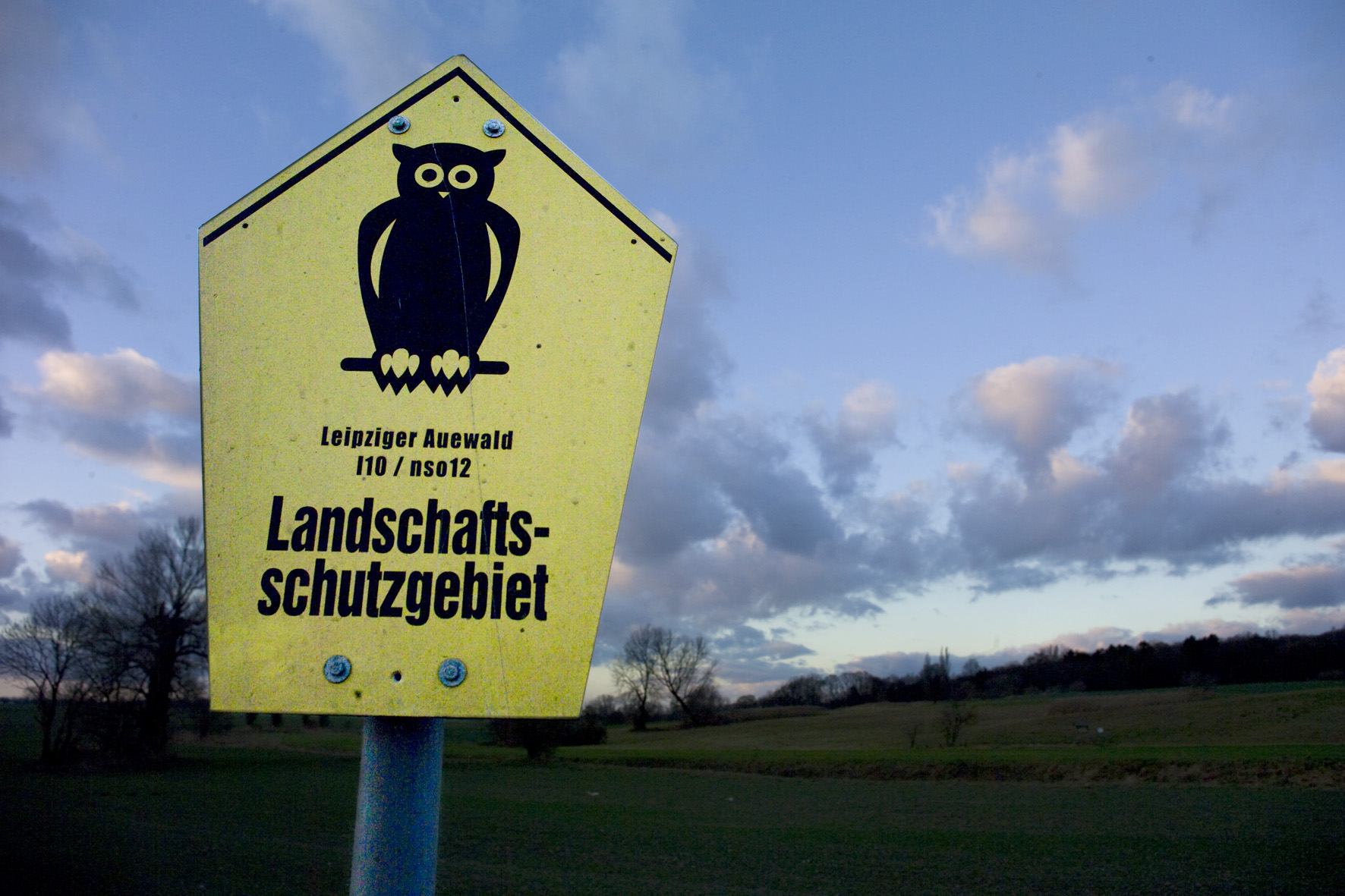Review of policy instruments and their roles
in a policy mix
Contact: Irene Ring, UFZ
 © André Künzelmann / UFZ
© André Künzelmann / UFZ Objectives:
- identify and describe key regulatory and economic instruments for biodiversity conservation
- review existing experience regarding their effectiveness, cost-effectiveness and social impacts, and
- assess the role of each of the selected instruments in a policy mix
Task 1 International review of policy instruments for biodiversity conservation
We describe and evaluate key policy instruments for the conservation and sustainable use of biodiversity, with a special focus on those suitable for the conservation of forest ecosystem services and sustainable forestry. Building on international experience and literature such as TEEB, the state-of-the-art and knowledge gaps regarding the effectiveness, cost-effectiveness, social impacts and institutional requirements of the following instrument categories will be identified:
- Regulation and planning instruments
- Tax reliefs for biodiversity conservation
- Payments for environmental services (PES) schemes at the national and local level
- International PES programmes: REDD and REDD+
- Ecological fiscal transfers
- Trading schemes, habitat banking and offsets
- Voluntary mechanisms and forest certification schemes
Task 2 Assessing the role of instruments in a policy mix
In practice, individual instruments do not exist on their own; they are usually implemented in a policy mix. Some instruments complement each other, whereas others may overlap and reduce effectiveness and/or efficiency. Therefore, the role of each of the instruments needs to be specified as a basis for further instrument design and impact evaluation in the POLICYMIX case studies.
Task 3 Lessons for multi-scale assessments of instrument mixes
Finally, the main lessons learned from WP2 are summarised in recommendations for multi-scale assessments of instruments and their transferability.